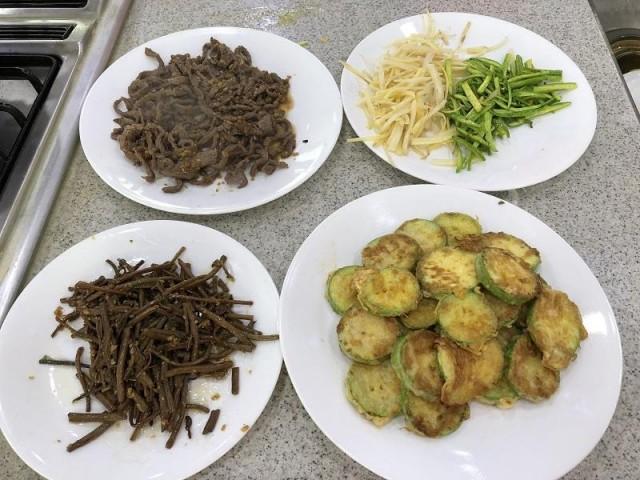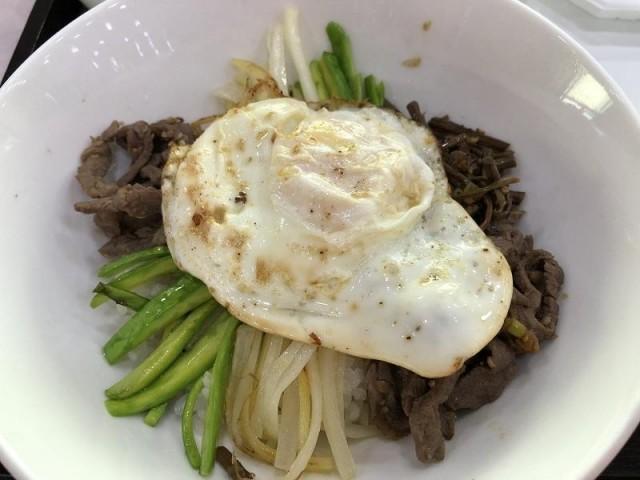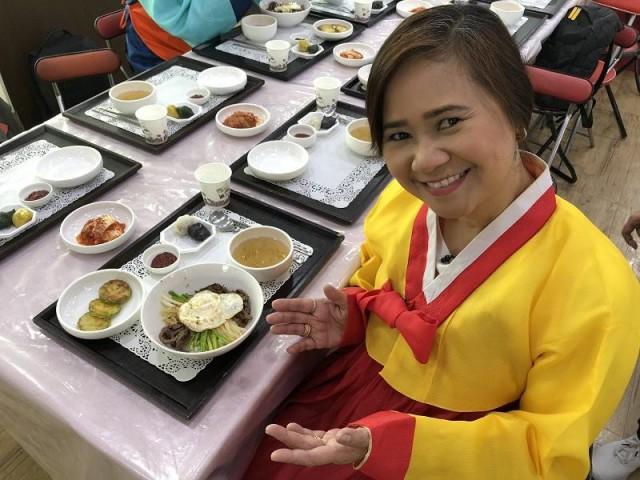Bibimbap: How to cook, what the colors of the dish mean, and why sipping soup before eating is important
A trip to Korea will never be complete without sampling traditional Korean food.
On a recent trip to Seoul on invitation by the Seoul Metropolitan Government, I did not only taste Korean food, I learned how to cook them. At the Institute of Traditional Korean Food, participants of the Seoul Press Tour were taught how to prepare bibimbap.

Ingredients are of specific colors: red or orange like pepper or carrots represents the person’s heart; yellow like the egg yolk represents the stomach; green like vegetables represents the liver; black like the soy sauce represents the kidneys and white like the rice represents the lungs.

To make the experience more authentic, we were made to wear the hanbok, Korea’s traditional dress.
And wearing the hanbok means girls had to tie their hair — a good thing because we were handling food.

All ingredients were julienned and sauteed, and arranged by colors as rice toppings. An egg, cooked sunny side up, completed the toppings.

I took extra care in arranging the ingredients, and earned praises from our Korean organizers and chefs.

Bibimbap is served with side dishes like zucchini and kimchi. Before it is eaten, one has to sip soup first in order to moisten the mouth “and prepare it for the food,” as the Korean chefs explained.
Then all the ingredients in the bowl are mixed. Sauce like gochujang or chili pepper paste and doenjang or fermented soybean paste is added.
We ended the meal with a dessert of rice cake.




